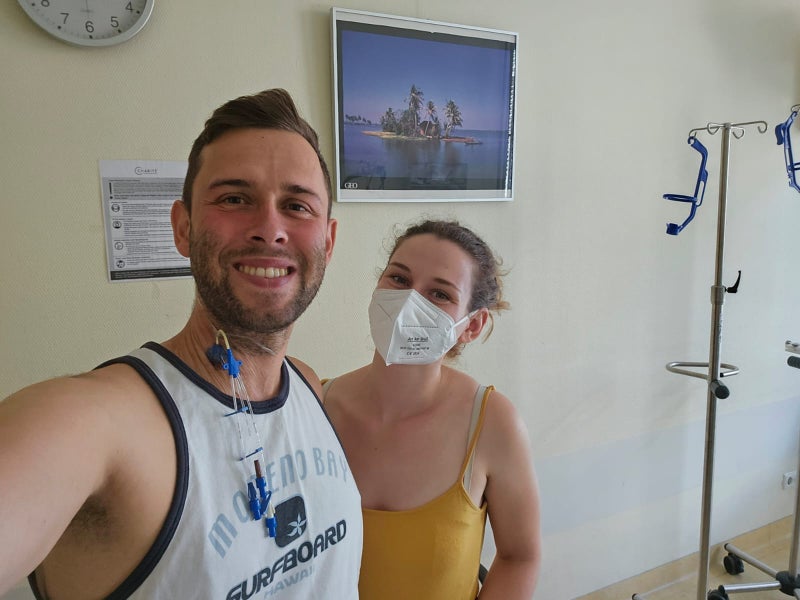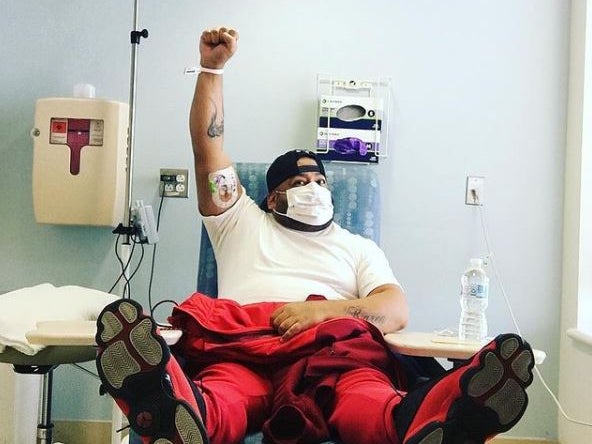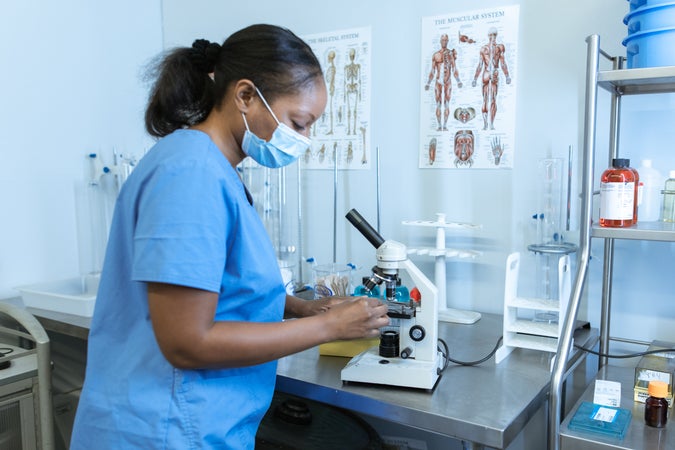
Bone Marrow Donation Guide: Everything You Need to Know
What is Bone Marrow Donation?
Bone marrow donation is one selfless act in which every person has the opportunity to make a significant difference in the lives of patients battling life-threatening diseases like leukemia, lymphoma, and other blood disorders. Contrary to popular belief, both males and females can donate bone marrow, but there are specific reasons why only males are preferred in some cases, although most donors are females.
Why Are Males Often Preferred as Bone Marrow Donors?
While both males and females can donate bone marrow, males are often preferred as donors due to factors such as their larger size and higher red blood cell count. This can result in higher stem cell yields during donation, increasing the likelihood of a successful transplant.
Requirements for Donation:
But before you're able to donate bone marrow, you first need to see if you meet the eligibility criteria. Generally, donors should be between the ages of 18 and 50, with good overall health. If you have any medical conditions or lifestyle factors, then you may be disqualified from donating, so it is essential to go through a thorough screening process. Check out our video below for better understanding about registering.
How You Donate Bone Marrow:
After confirming the eligibility of the donor, the donation process kicks in. Typically, there are two methods: blood stem cell donation and bone marrow donation. Blood stem cell donation is a non-surgical process that collects blood-forming cells from a donor's bloodstream, while bone marrow donation involves extraction of marrow from the pelvic bone under general anesthesia.
Is Donating Bone Marrow Painful?
One of the most common concerns among potential donors is whether donating bone marrow is painful. While blood stem cell donation is usually painless, some donors may experience pain or minor side effects, such as a headache, or muscle pain. In contrast, bone marrow donation may be mildly painful like the sensation of a bruise.
How Often Can You Donate Bone Marrow?
Donors can potentially donate bone marrow multiple times, depending on their health and eligibility. Each donation is a chance to make a life-saving difference for those in need.
The Impact of Your Donation:
Each donation is a chance to make a life-saving difference to someone in need. Your decision of being a donor can be life-changing for patients and their families who might save one's life through bone marrow donation. Acting as a donor, you give a shot at hope and healing for another life by potentially being the one to save someone's life.
Regardless of gender, every donor's contribution is invaluable in the fight against blood diseases. Should you feel ready to make a difference and save a life, take the first step today by registering to be a bone marrow donor!









